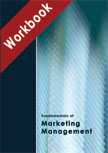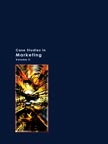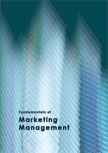|
<< Previous
Background Note
|
Louis Vuitton started his career packing dresses for French Empress Eugenie. He later moved on to design new types of luggage. In 1854, he opened a store to sell his designs.
In 1896, Vuitton introduced the LV monogram fabric that the company continued to use even in 2004. By 1900, Louis Vuitton had stores in the US and England. By the first World War, Louis' son George owned the world's largest retail store for travel goods.
Henry Racamier, a former steel executive who had married into the Vuitton family, took charge in 1977 and repositioned the company's goods from esoteric status symbols to designer 'must haves'.
|
|
Sales soared from $20 million to nearly $2.5 billion within a decade. Meanwhile, Moët Hennessy had been formed through the 1971 merger of Moët et Chandon (the world's #1 champagne maker) and the Hennessy Cognac company (founded by Irish mercenary Richard Hennessy in 1765). Moët Hennessy acquired the rights to Christian Dior fragrances in 1971.
Using family money and loans, Bernard Arnault bought Boussac, a bankrupt French textile group that had financed Christian Dior's original fashion house, in 1946. Arnault retained Dior but divested many of the other businesses. He created LVMH by merging Louis Vuitton and Moet Hennessy in 1987. Arnault fired executives of both companies and put in place his own team.
|
|
LVMH increased its fashion holdings with the purchases of the Givenchy Couture Group (1988), Christian Lacroix (1993) and Kenzo (1993).
The company also acquired 55% of French media firm Desfosses International (1993), Celine fashions (1996), the Château d'Yquem winery (1996) and duty-free retailer DFS (1996).
Next, LVMH bought perfume chains Sephora (1997) and Marie-Jeanne Godard (1998).
In 1998 LVMH integrated the Paris department store Le Bon Marché (This was controlled by Arnault). LVMH accumulated a 34% stake in Italian luxury goods maker Gucci in early 1999...
|
Excerpts >>
|
|



